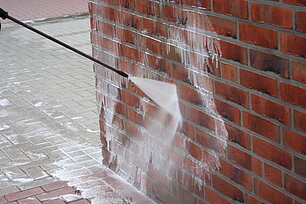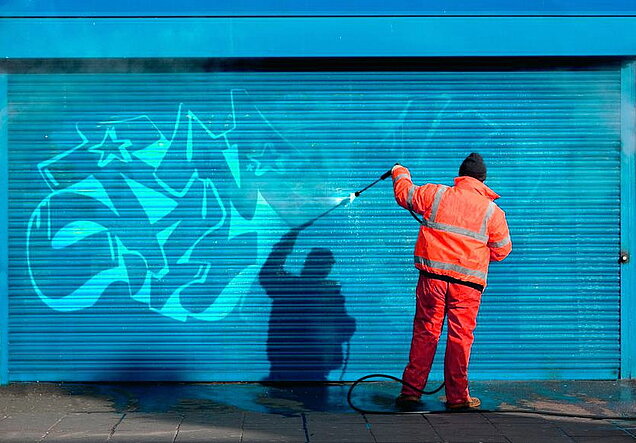
LASER CLEANING Versus WASHING PROCESSES
As a rule, washing processes serve to remove particle impurities and filmic contamination from components. The components are usually introduced into the system in batches by means of baskets and pre-treated in at least 3 stages (washing, rinsing, drying), but often also in further cleaning steps (up to 9 stages). The advantage of the process is the large-area application by immersion in the bath. Even hard-to-reach internal areas and boreholes/cooling channels can be reached and thus chips and particles can be removed very efficiently by combination with high-pressure pumps. Thus, the process offers fields of application which cannot be replaced by the innovative laser process. However, the wet-chemical process has some disadvantages, especially due to the limitations of the chemicals in the cleaning solutions that can still be used for environmental reasons:
- High energy consumption for temperature control of cleaning solutions (especially for degreasing applications) and for operation of high-pressure pumpsHigh space requirement (usually >20 m²)
- High running costs for bath care and maintenance of the chemicals
- Transfer of contamination through the baths
- No partial cleaning, the entire component is always cleaned
- Limited in-line capability
- Components become wet and must be dried and, if necessary, conserved again
- Process protection only possible to a very limited extent

